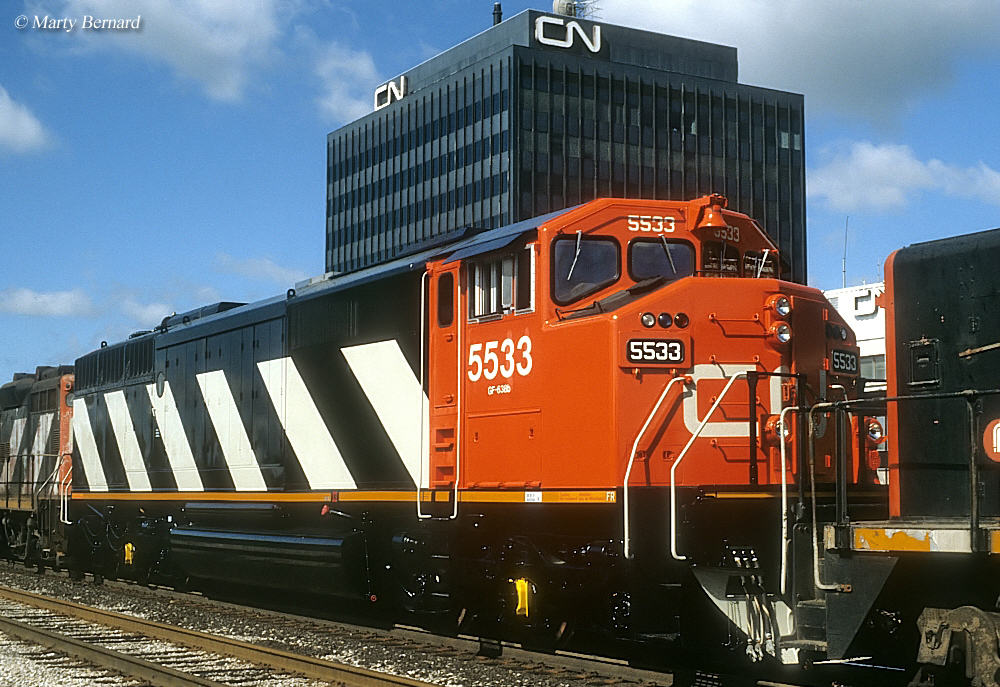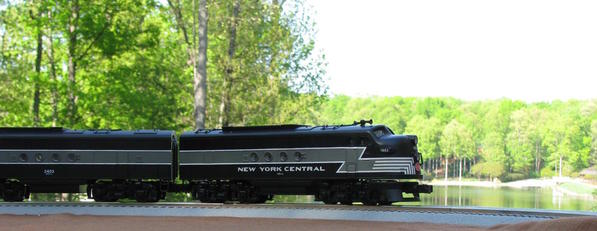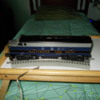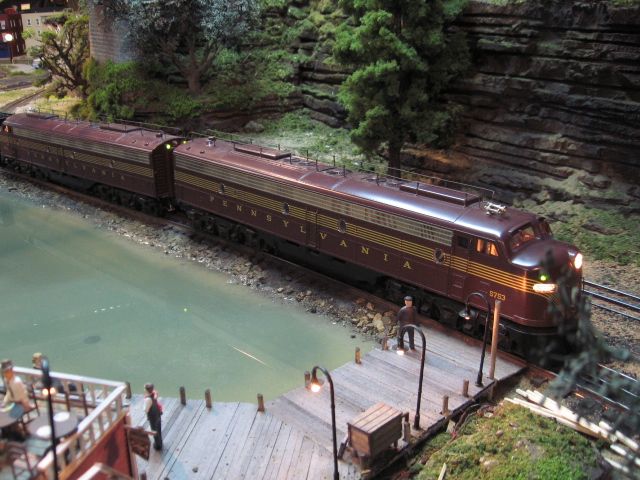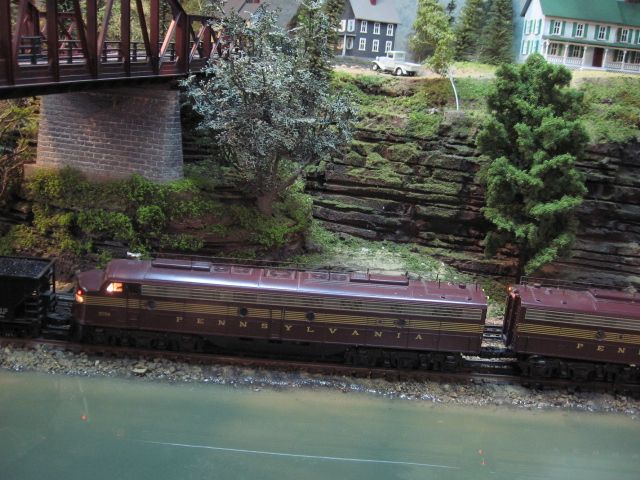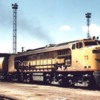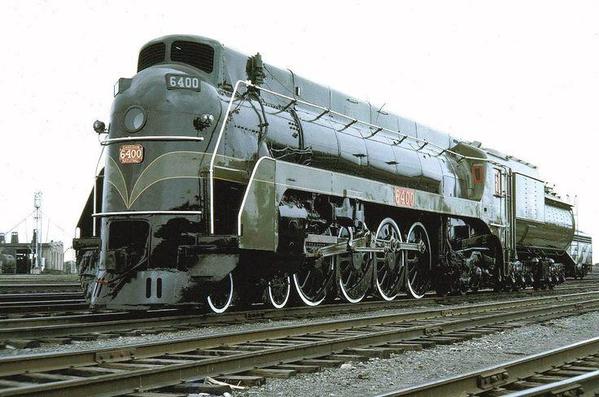Considering our governments past/present involvement, and the obvious "to big to fail" issues, it is a consumer product even, though its not used as much by the average consumer, the consumer does exist.
Its been years, but rail service service is still a way the ship a private machinists mill, and well as providing a casual trip to Chicago.
Just because the little guy isn't the prime customer at the moment, we do exist, and so does eminent domain. Though I'm sure that's as "bad" a word for the business world on occasion, as it is for the citizen, it's just one more item to ad to the list of little reasons that could become big reasons, without care.
Maybe lowering expectations, and keeping them low, are that "care"?
Every passenger train does slow the freight a bit. Is this just a repeat of what GM did to "help" trolley and inter-urban lines?
You can't compare building a toy to building the real thing.
The point is many folks think building the real thing is just as easy as building a model the further we get away from a heavy industrial manufacturing culture. Heck, a lot of people aren't even aware of what's involved in the building the model, either.
Rusty
That's not me Rusty, my experience may not include mobile boilers, but does include more than a dozen hands on experiences replacing steamer sized boilers, and various forms of heavy metal fabrication elsewhere too. My hood was for a 1940s Chevy not exactly thin, though thinner than a loco panel (?). A true carbody is not going to happen near as easily as a "skin job". We likely wont see a "retro" version either. If embraced well enough by the public again, maybe. But RR's will need to see a monetary, and consumer attitude change about the passenger business first. Some style would be needed, "we" demand it every day out of everything else; I don't see a reason to let the RR's off the hook any longer. I think there's a slight resistance to this by those that saw the last decline first hand, and a need for Conrail later. An unfounded fear. You are too big to fall, it might get bumpy, but the wheels are going to turn no matter what. And the govt. will let go of your hand when ready again.
The crews like being safe, and I don't blame them (Best point!) But I think better style could be done without compromising it. I'm a bit too industrial in my own builds, to offer a stylish design solution the rest of the world would like, but feel strongly that somewhere, there is a room full of folks that could if they were allowed.
Walkways and vision go hand in hand, but the cab is just as wide, and extended pilot platforms aren't new, but are they safe? Would they end up in the cab on collision, or would the extension distance increase the safety even more?
Crying about the heat to an industrial HVAC guy, yields little sympathy. I did the ten minute time limit for working in extreme heat, many hundreds of times too. I preferred the hands on work despite it. The cab (or a reefer if bad enough) is likely way cooler than my rest areas were, and of course "kitchens have doors".
The "Cat" is more stylish than ever in my eyes. You won the industrial style competition, even though you're attempting to throw off the games spread.
Despite length, it wouldn't really be my post style without these too, eh? ......
( )
)










